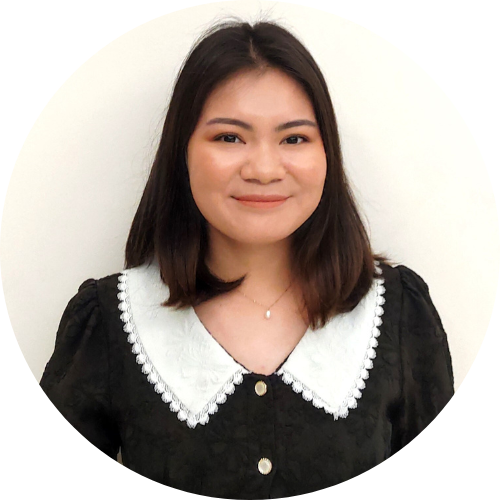Phlebotomy vs Veterinary Assistant

Key Points:
- Phlebotomists draw blood for tests; Veterinary Assistants help with animal care and support veterinarians.
- Phlebotomists typically earn higher salaries than Veterinary Assistants.
- Both fields have good job prospects, but Phlebotomy may have more openings in healthcare settings.
- Phlebotomy requires a certificate program, while Veterinary Assistant training can be done through online or in-person programs.
- Phlebotomy training is generally more expensive and takes longer than Veterinary Assistant programs.
wo popular choices among students are phlebotomy and veterinary assistant. Both of these careers offer unique opportunities to work in the medical field, but they have different job responsibilities and training requirements.
Before diving into the specifics of phlebotomy and veterinary assistant careers, let's first understand what these two professions entail.
Phlebotomy is the practice of drawing blood from patients for various medical purposes. Phlebotomists are trained to collect blood samples in a safe and sanitary manner, ensuring accuracy and minimizing patient discomfort. They may work in hospitals, clinics, laboratories, or blood donation centers.
Veterinary assistants provide support to veterinarians and veterinary technicians in animal care settings, such as veterinary clinics, animal hospitals, or research facilities. They assist with routine procedures, handle animals, maintain medical records, and perform administrative tasks.
Phlebotomy vs Veterinary Assistant: Career Outlook and Salary
When considering a career path, it's important to also evaluate the potential for growth and salary prospects. Here's a look at the career outlook and salary ranges for phlebotomists and veterinary assistants:
Phlebotomy Career Outlook:
- The demand for phlebotomists is expected to grow by 17% from 2019 to 2029, much faster than the average for all occupations.
- This growth is attributed to the increasing need for medical tests, procedures, and blood donations.
- Phlebotomists can find employment in hospitals, clinics, laboratories, blood banks, or research facilities.
Phlebotomy Salary Range:
- The median annual wage for phlebotomists was $36,320 as of May 2020.
- The lowest 10% earned less than $27,050, while the highest 10% earned more than $49,750.
Veterinary Assistant Career Outlook:
- The demand for veterinary assistants is expected to grow by 16% from 2019 to 2029, much faster than the average for all occupations.
- This growth is driven by the increasing number of pets and the need for veterinary care.
- Veterinary assistants can find employment in veterinary clinics, animal hospitals, research facilities, or animal shelters.
Veterinary Assistant Salary Range:
- The median annual wage for veterinary assistants was $29,290 as of May 2020.
- The lowest 10% earned less than $22,040, while the highest 10% earned more than $41,490.
Final Thoughts
Choosing a career path is an important decision that should be based on your interests, skills, and goals. Both phlebotomy and veterinary assisting offer opportunities to work in the medical field and make a positive impact on the lives of others. Consider your affinity for animals, your preference for human or animal interaction, and the specific job responsibilities when deciding between these two careers. Additionally, keep in mind the education and training requirements, as well as the career outlook and salary potential for each profession. Ultimately, the choice between phlebotomy and veterinary assistant will depend on your individual strengths and aspirations.
Dive into the expansive reach of Dreambound's programs across various locations. For a detailed exploration of the two vocations, visit the suggested blogs to uncover specific requirements and gain valuable perspectives on how to commence your journey effectively.





